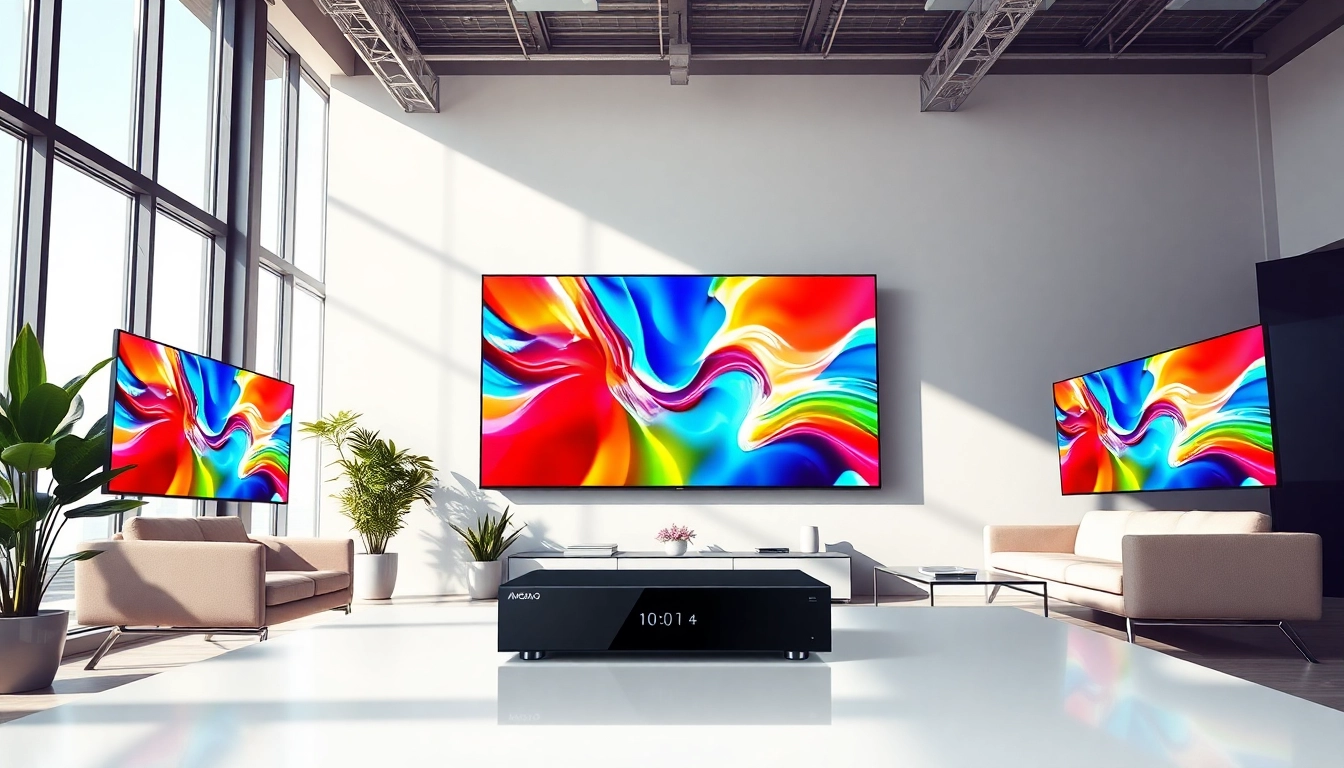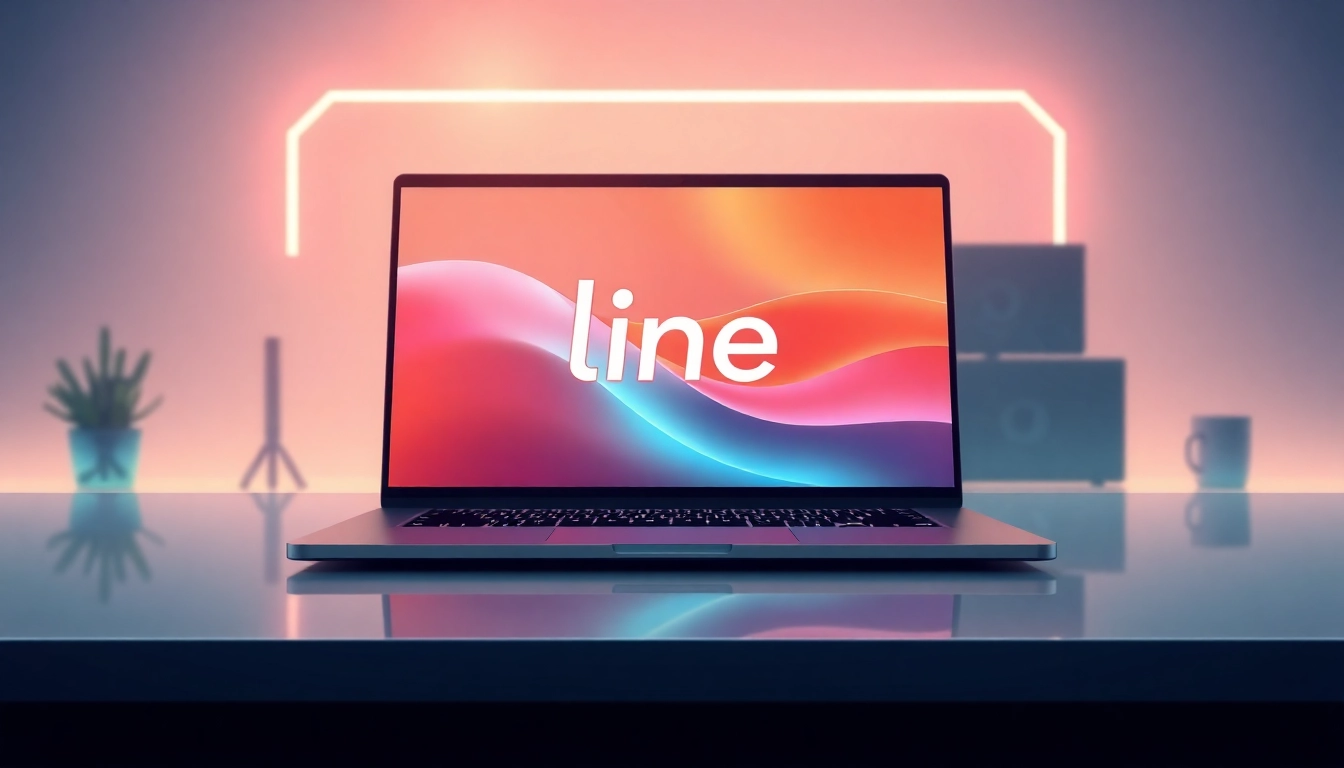Understanding the Screenshot API
In today’s digital age, the ability to capture and share visual representations of websites has become essential for developers, designers, and marketers alike. A screenshot API is a powerful tool that automates the process of capturing screenshots from websites or web applications, enabling users to easily enlist this feature within their projects. Whether you are looking to enhance your development workflow or improve your marketing strategies, understanding the intricacies of a screenshot api can provide significant advantages.
What is a Screenshot API?
A Screenshot API is an application programming interface that allows users to programmatically capture screenshots of web pages. This API essentially acts as a bridge between your application and the browser, rendering visuals of web pages as images. It abstracts the complexities involved in managing different browsers and screen resolutions, making it easier for developers to integrate screenshot capabilities without delving into the intricacies of browser rendering or cluster management.
How Screenshot API Works
The core functionality of a screenshot API revolves around an HTTP service. When a request is made to the API with a specified URL, the API triggers a browser (usually headless) to navigate to that URL and render the webpage. Once rendered, the API captures the viewport or full-page screenshot and returns it in the specified image format. The communication typically involves sending a request with parameters, such as image format, viewport size, and quality settings.
Benefits of Using a Screenshot API
Implementing a screenshot API brings a multitude of benefits, such as:
- Efficiency: Automating the screenshot capturing process saves time and minimizes manual effort.
- Consistency: It ensures uniformity in screenshot quality across different pages, essential for maintaining branding and professionalism.
- Integration: Easily integrates with existing systems, enabling other applications like content management systems and user testing tools to benefit from automated screenshots.
- Scalability: Capable of handling numerous requests simultaneously, making it suitable for high-demand environments.
Key Features of a Reliable Screenshot API
High-Quality Image Rendering
The quality of the rendered image is vital in many use cases, especially in marketing, where visuals can significantly impact decisions. A reliable screenshot API should support high-resolution captures, ensuring that the output maintains clarity and detail regardless of the size it is displayed at or the device on which it is viewed.
Multi-Format Support
Different applications may require different image formats. Some platforms may need JPEGs for their small file size, while others may demand PNGs for their transparency support. A quality screenshot API should provide versatility by supporting a range of formats including, but not limited to, PNG, JPEG, and even PDF outputs.
Scalability and Performance
A robust screenshot API needs to scale according to user demand. It should maintain performance even under heavy load by efficiently managing multiple requests. This reliability is crucial for applications that need to capture numerous screenshots in a short time frame, such as monitoring services or automated testing tools.
Common Use Cases for Screenshot API
Web Development and Testing
In web development, taking screenshots is essential for testing layouts and designs across different browsers and devices. Developers can automate screenshots as part of their testing workflow, ensuring that the website appears correctly and consistently in various environments.
Marketing and Presentation Needs
Businesses often use screenshots for marketing purposes, such as creating promotional materials or conducting competitive analyses. Marketers can capture visuals of competitors’ sites and use them to inform their strategies. Additionally, web pages can be rendered as part of digital presentations, facilitating a more engaging experience.
Application Monitoring and Debugging
Application monitoring services can utilize screenshot APIs to capture the state of a user interface when an error occurs. This can provide invaluable context for developers seeking to understand user experience issues or bug reports, as they can visually see exactly what the user encountered.
Integrating a Screenshot API into Your Projects
Setting Up the API
Integrating a screenshot API typically starts with registering for an API key on the provider’s website. After obtaining the key, developers can begin embedding API calls within their applications. This usually involves including necessary libraries and configuring endpoints in accordance with the documentation provided by the API.
Sample Code for Implementation
Here is a simplified example of how to implement a screenshot API in a JavaScript environment:
const axios = require('axios');
const apiKey = 'YOUR_API_KEY';
const urlToScreenCapture = 'https://example.com';
axios.get(`https://api.example.com/screenshot?url=${urlToScreenCapture}&key=${apiKey}`)
.then(response => {
// Handle successful response
console.log('Screenshot captured:', response.data.imageUrl);
})
.catch(error => {
// Handle error
console.error('Error capturing screenshot:', error);
});In this example, Axios is used to make a GET request to the screenshot API. After successfully capturing the screenshot, the image URL can be accessed for further use, such as displaying it in a web application or saving it to a database.
Testing and Validation
After implementation, it’s essential to conduct thorough testing to ensure that the screenshots are being captured accurately. This involves checking various URLs, evaluating image quality, and verifying response times. Automated tests can be set up to regularly check the functionality and efficiency of the API integration, allowing developers to ensure ongoing performance.
Performance Metrics and Best Practices
Measuring API Performance
To understand how well a screenshot API is performing, developers should track key performance metrics such as response time, success rate, and error rate. Response time refers to the duration taken to complete the screenshot request, while success rate indicates how often requests are successfully fulfilled. Monitoring these metrics will help identify potential bottlenecks or inefficiencies in the API’s performance.
Optimizing for Fast Response
Optimizing the requests made to the API is crucial for improving response times. Developers can limit the scope of requests by specifying only the necessary parameters, such as viewport dimensions or specific image formats. Caching frequently requested screenshots can further minimize redundant calls to the API, enhancing overall performance.
Best Practices for Effective Usage
To make the most of a screenshot API, consider following these best practices:
- Rate Limiting: Understand the limitations of your chosen API—both in terms of the number of requests per time period and the rate at which it can handle concurrent requests.
- Test Thoroughly: Implement a rigorous testing system. Always validate the URLs and parameters being sent to the API.
- Handle Errors Gracefully: Implement adequate error handling within the application to manage failed requests and provide fallback mechanisms.
- Stay Updated: Keep an eye on the API’s documentation for any updates, as software environments and requirements may change over time.
Conclusion
In conclusion, a screenshot API can be an invaluable resource for any organization involved in web development, digital marketing, or application monitoring. By understanding what a screenshot API is, how it works, and its potential applications, developers can leverage its capabilities to optimize their workflows and enhance user experiences. With key features that include high-quality image rendering, multi-format support, and scalability, there is no doubt that screenshot APIs hold immense power in achieving visual representation goals in a fast-paced digital world.



